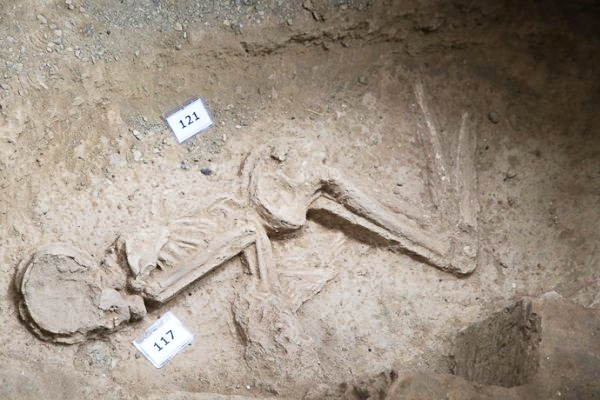Experts at the Health Faculty of the Tehran University of Medical Sciences have carried out a scientific examination of the remains of a 7,000 year-old body of a female resident of ancient Tehran.
Test results showed that the body was infected by a type of pinworm called Enterobiasis.
This infection is caused by a worm found in enclosed spaces, and is easily transmitted between family members.
The outcome of various studies and tests carried out on this amazingly well-preserved body are available in a professional journal called Parasites and Vectors, which is accessible on the internet.
The skeleton was discovered last year during sewage excavation works in Molavi St. in downtown Tehran, and now is on display in a special glass case in the Iranian National Museum near the Grand Bazar.
